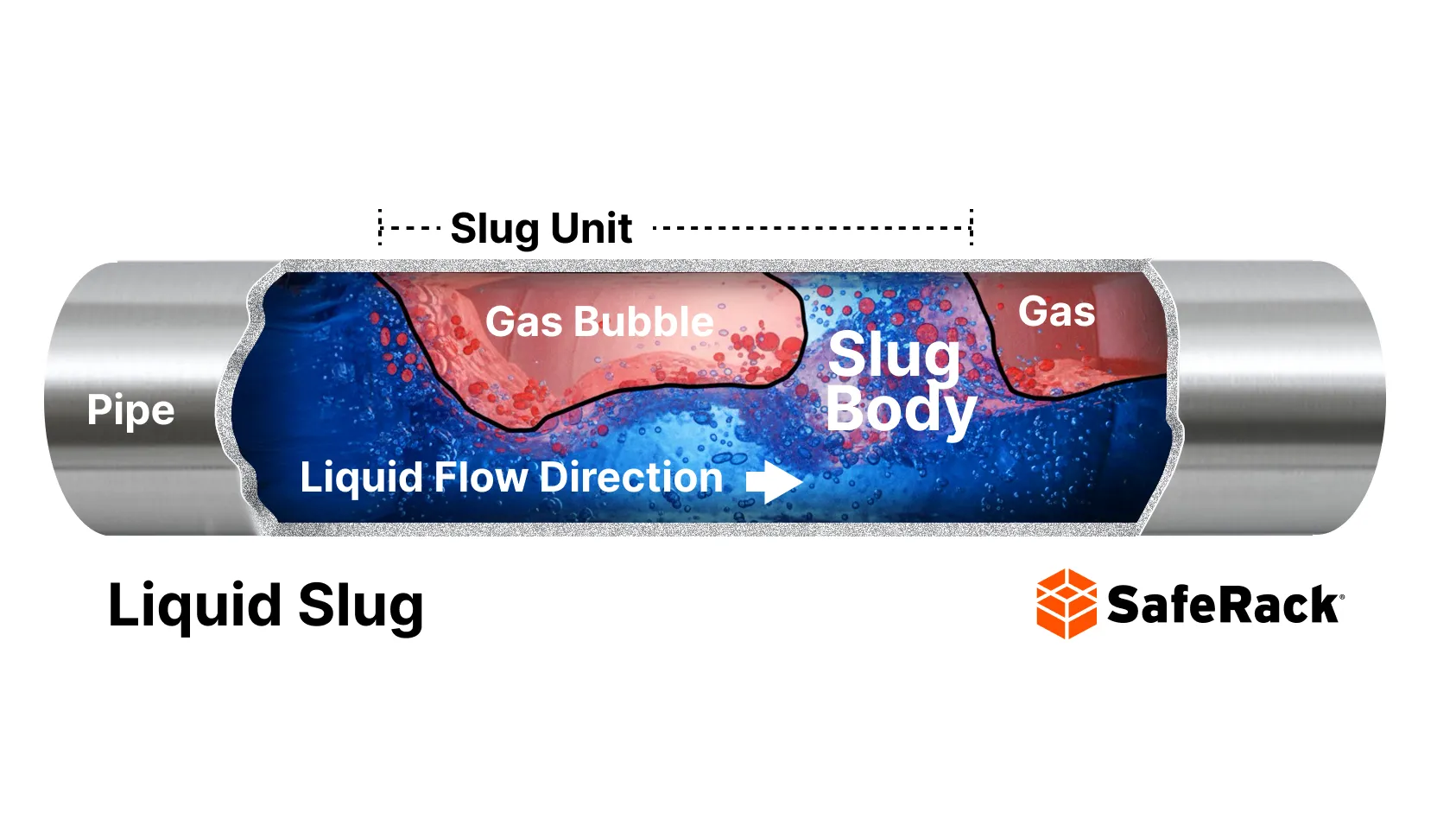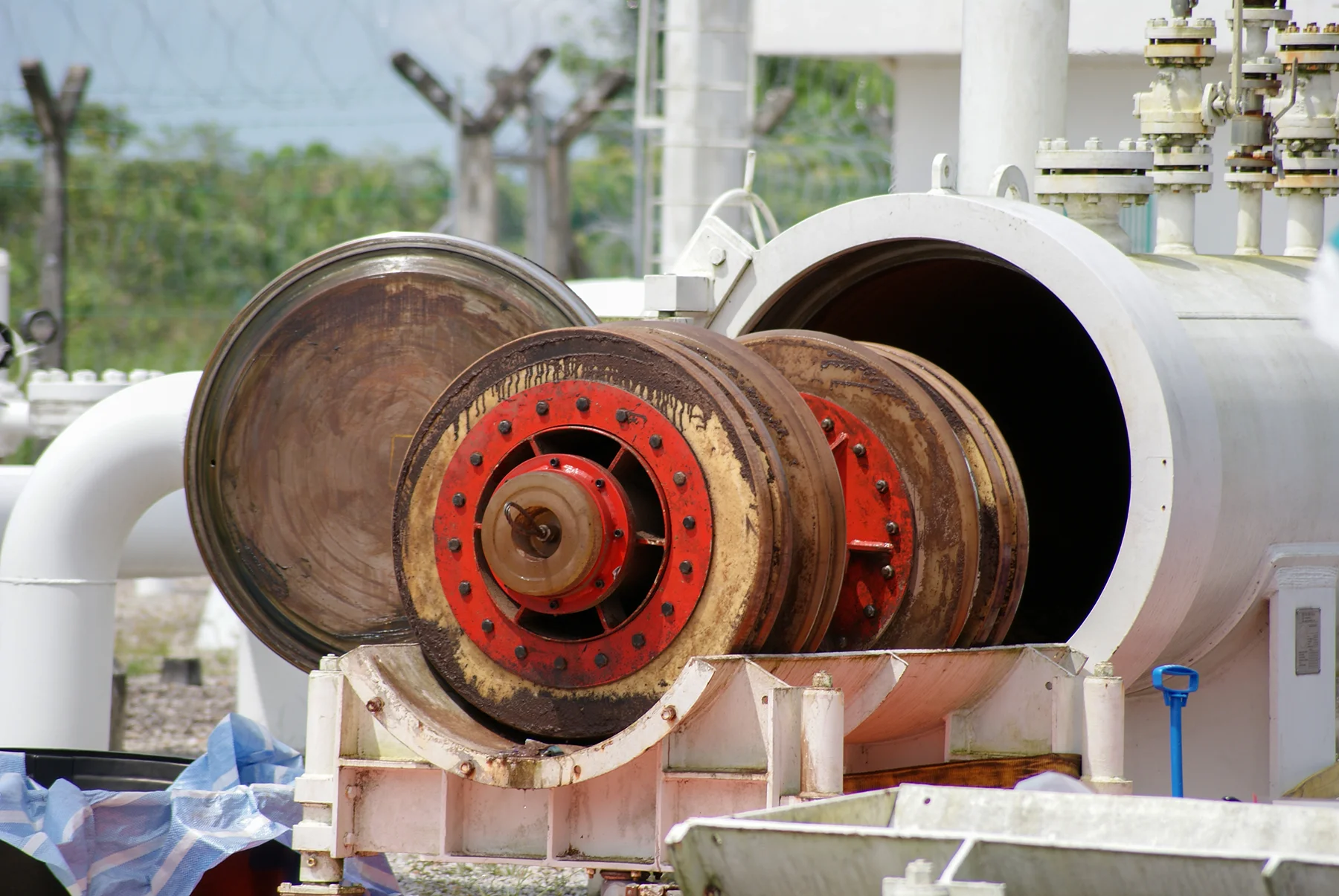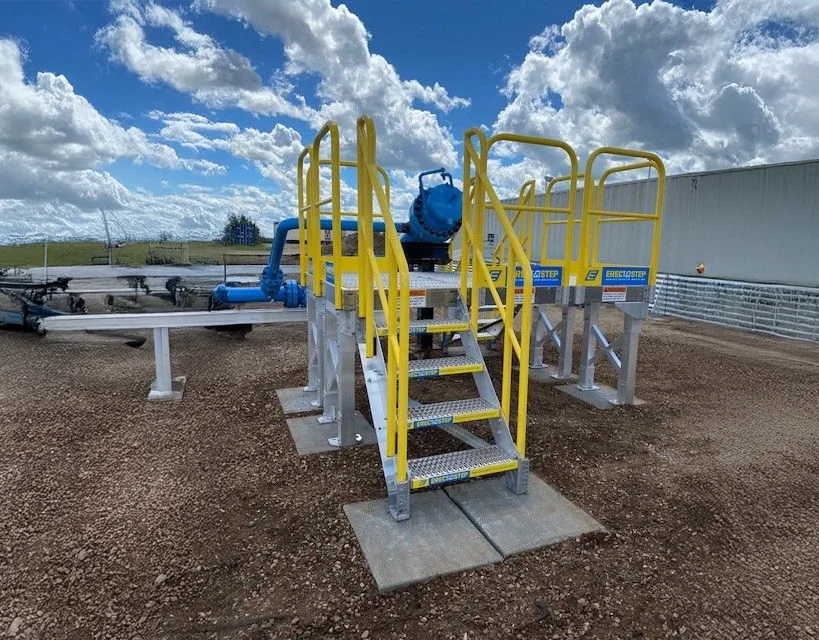What is a Liquid Slug?
A liquid slug is a concentrated packet or volume of liquid that accumulates within a pipeline system designed primarily for gas transportation. These liquid accumulations block normal gas flow until sufficient pressure builds behind them to force the entire liquid mass through the pipeline as a cohesive unit. Unlike normal two-phase flow where gas and liquid travel together relatively uniformly, slugs create intermittent sequences of dense liquid packets followed by longer gas bubbles flowing through the pipe.

Liquid slugs develop through several distinct mechanisms within pipeline systems
- Terrain-Induced Slugging occurs when pipelines follow uneven topography, creating low points where liquids naturally accumulate. These liquids remain trapped at elevation dips until gas pressure builds sufficiently to overcome the hydrostatic head, forcing the accumulated liquid forward as a slug.
- Hydrodynamic Slugging develops when high-velocity gas flows over slower-moving liquid phases. The gas creates waves on the liquid surface that can grow large enough to bridge the entire pipe cross-section, temporarily blocking gas flow and forming a traveling slug.
- Riser-Based Slugging, also known as severe slugging, occurs in vertical pipeline sections where liquids accumulate at the riser base. This phenomenon is particularly pronounced in offshore production facilities where pipelines must transition from horizontal seafloor runs to vertical platform risers.
- Pigging-Induced Slugs form intentionally or unintentionally during pipeline maintenance operations. When pigs travel through pipelines for cleaning or inspection, they push accumulated liquids ahead of them, creating controlled but potentially massive liquid slugs.
Impact on Pipeline Operations
The presence of liquid slugs creates multiple operational challenges for industrial facilities:
- Flow Instability results from the intermittent nature of slug flow, causing severe pressure and flow rate oscillations throughout the pipeline system. These variations can trigger safety system trips, disrupt downstream processing, and compromise product quality.
- Equipment Overload occurs when large liquid volumes suddenly arrive at processing facilities. Separators, pumps, and other liquid-handling equipment can become overwhelmed, potentially causing emergency shutdowns or equipment damage.
- Mechanical Stress develops from the momentum changes as heavy liquid slugs travel through pipeline bends and restrictions. These dynamic forces induce vibrations that can damage pipe supports, instrumentation, and connected equipment.
Pictured: Pipeline pig (Piping Inspection Gauge) is designed for cleaning and inspecting large-diameter pipelines in oil and gas operations.

Detection and Management Strategies
Modern pipeline operations employ various techniques to detect and manage liquid slug formation:
- Slug Catchers serve as buffer vessels installed between pipeline outlets and processing facilities. These specialized vessels provide sufficient volume to capture and temporarily store incoming slugs, allowing controlled drainage at rates compatible with downstream equipment capacity.
- Flow Pattern Monitoring utilizes advanced instrumentation to identify slug formation early. Pressure transmitters, ultrasonic sensors, and flow meters track flow regime changes, enabling operators to implement preventive measures before slugs reach critical sizes.
- Operational Controls include maintaining optimal flow velocities and pressure profiles to minimize slug formation. Pipeline operators adjust gas injection rates, implement controlled depressurization procedures, and schedule regular pigging operations to prevent excessive liquid accumulation.
SafeRack’s Role in Slug Management Infrastructure
Safe access to slug catchers and pipeline pig launchers/receivers requires platforms for worker access for pigging pipes. SafeRack provides comprehensive solutions that ensure worker safety during slug management activities, including platform systems for accessing slug catchers, safety cages for pig launcher/receiver operations, and integrated fall protection systems for maintenance personnel.
See pigging access platform installation
Prevention Through Design
Effective slug prevention begins during pipeline design and continues through operational optimization:
- Pipeline Configuration should minimize low points and sudden elevation changes where liquids accumulate. Where terrain constraints make this impossible, designers incorporate low-point drains, bypass lines, or permanent slug catchers.
- Material Selection focuses on components with sufficient strength to withstand slug-induced dynamic loads. Avoiding brittle materials like cast iron in favor of ductile alternatives reduces failure risk during slug events.
- Support Design must account for the transient forces created by slug flow. Properly designed pipe supports, anchors, and guides prevent excessive movement while allowing controlled thermal expansion.
Understanding liquid slugs and their management is essential for maintaining safe pipeline operations. Through proper design, monitoring, and access to critical infrastructure components, facilities can minimize the operational disruptions and safety hazards associated with slug flow while maintaining production continuity.




